Where Can I Buy Good Porcelain?
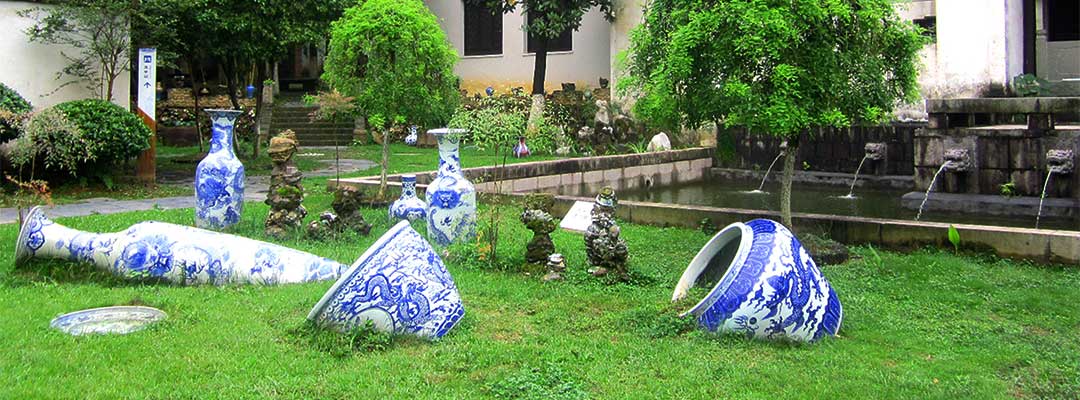
Porcelain is beautiful and fascinating, so it will be very understandable that you decide to get some for yourself, and not just dinner plates and tea cups. But it can be a challenge to distinguish whether you are buying the genuine work and whether it is worth it.
It is useful if you have an idea what you like, and what you are looking for. In China, some porcelain pieces were created to appeal to Chinese emotions, while others were created with foreigners in mind. The Eastern oriented pieces will have motifs such as dragons, Buddhist emblems, and local landscapes, while those designed for Western tastes will have more western designs.
Also be aware that there are varying grades of porcelain. Good quality porcelain has been fired longer, is more durable, thin, bright and colorful.
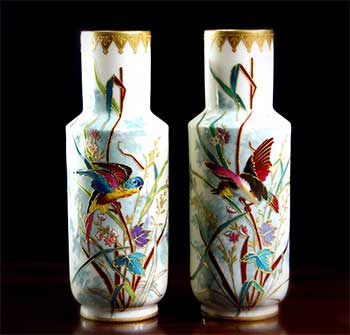
So when you visit China (which is a good idea, if you like porcelain), there are some places you should definitely visit to see amazing examples of fine porcelain work, and learn more about this remarkable commodity.
Best Places to Buy Chinese Porcelain
Jingdezhen, Jiangxi Province
Sanbao village is the biggest base camp of tea ware in Jingdezhen. There are many independent and mature tea ware studios. It is a good place where you can buy high-end tea ware.
Dehua, Fuzhou Province
Dehua is one of the birthplaces of Chinese ceramics culture and is famous for its white porcelain. The porcelain made in Dehua features exquisite craftsmanship, delicate texture, beautiful shapes and a wide variety. There are many ceramic factories where you can directly buy the source products, which are cost-effective.
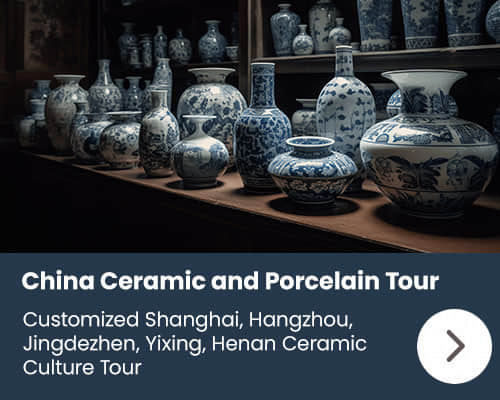
Liling, Hunan Province
Liling is one of the important ceramic production bases in China and is famous for producing underglaze colors porcelain. The porcelain made in Liling features bright colors, exquisite patterns and unique craftsmanship. In Liling, you can go to the local ceramic market, factory stores or specialty stores to buy porcelain at a low price.
Foshan, Guangdong Province
Foshan city, near Guangzhou, has a long history of porcelain production, and there are ancient kilns to tour and shops to buy souvenirs and investment pieces. Nearby you can tour the town of Shiwan and see the 500-year old Nan Feng kiln. The 34.4 meter (111feet) long kiln is named after the southern wind as its opening is oriented to allow the wind to enter. It has been modernized and refurbished, and a modern chimney added, and here you can also watch craftsmen at work.
Top Museums for Porcelain in China
Beijing: The Palace Museum
The Palace Museum has 340,000 pieces of ceramics and porcelain, and it is an important treasure house for studying ancient Chinese porcelain culture. Its exquisite imperial porcelain represents the highest level of porcelain production at that time.
Shanghai: Shanghai Museum
The Shanghai Museum has various varieties of porcelain collection and especially occupies an important position in the collection of Ming and Qing porcelain. It is regarded as an important window for studying the porcelain culture of the Ming and Qing dynasties.
Hangzhou: Yixing Ceramics Museum
There is also the Southern Song Dynasty Guan Kiln Museum in Hangzhou, and the Yixing Ceramics Museum not far away outside Wuxi.
Jiangxi: Jingdezhen China Ceramics Museum
In Jiangxi province you can visit the most famous Jingdezhen China Ceramics Museum which houses one of the world's largest collections of ancient porcelain. During the Song Dynasty, the Emperor Zhenzong selected Jingdezhen for imperial porcelain production, and it remained so for the next 900 years. At the museum there are modern porcelain pieces available, and you can watch masters at work to better understand and appreciate the process of porcelain production.
How to identify high-quality Chinese porcelain
When you have learnt all that you can about porcelain from the museums, and you pick up the first piece that you are thinking about buying, how can you be sure about what you have in your hand?
Firstly, the shape of the piece can tell you where it fits in history, because particular shapes were popular at particular times. Secondly, the design will give you clues about its origins. For example, a dragon is likely to be Chinese. Landscapes were not depicted earlier than the 17th century, which can help you date an item. Thirdly, porcelain has a certain feel. It should be translucent, while other ceramics are opaque, even if they have a glassy look. Look at the bottom, or anywhere there might be a chip in an older piece, and you should not be able to see where the surfaces are fused together. Fired at a high temperature, Chinese porcelain clay has a smooth surface, even if it is chipped. Finally, in the likely possibility that there are blue colors in the design, compare with others and get a feel for the varieties of blue coming from different times and places.
As you turn the porcelain piece over to look at the bottom, you will likely see some identifying marks. Written vertically and read top to bottom, these were manufacturing certification, indicating the dynasty and reigning title of the emperor. (Nowadays manufacturers may simply put their brand and a good fortune message.) The marks were first used during the Ming era, but during the Qing Dynasty, Emperor Kangxi was concerned that broken ceramics bearing his mark might bring misfortune upon himself, and would not allow the marks to be applied, except two concentric circles in later years.
At this time, the record price on a single piece of porcelain was $84,000,000. Prices are not easy to estimate, and there are fake pieces around that are not always easy to identify. Learn as much as you can first, and rely on an expert if you are spending larger amounts of money. But if it is an affordable piece that you just plain love, well then maybe you should just buy it anyway.
Conclusion
Of course, if you can't visit China, or have already been there, there are many other places you can purchase your Chinese porcelain as it is exported all over the world. Even ancient pieces can be purchased at auctions, whether in person or online, from sellers on websites such as eBay, and from specialized shops. Porcelain has been exported from China for centuries, and - as mentioned above - a great many pieces are made specifically for export.
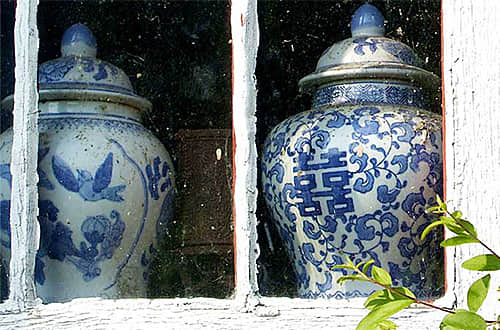 Chinese Porcelain
Chinese Porcelain 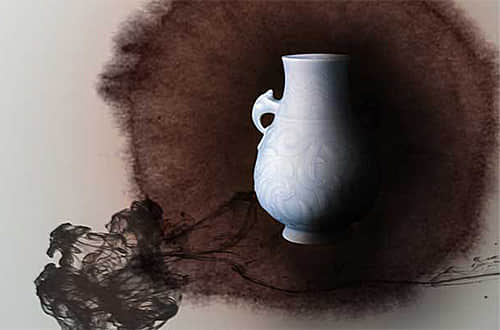 The History of Chinese Porcelain
The History of Chinese Porcelain 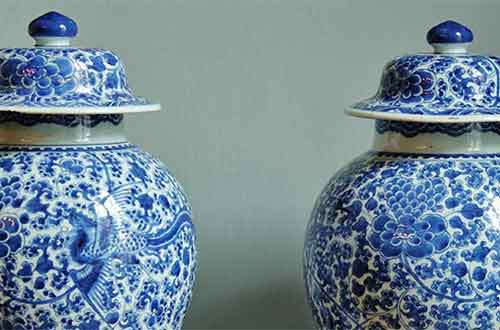 How Should I Look After Porcelain?
How Should I Look After Porcelain? 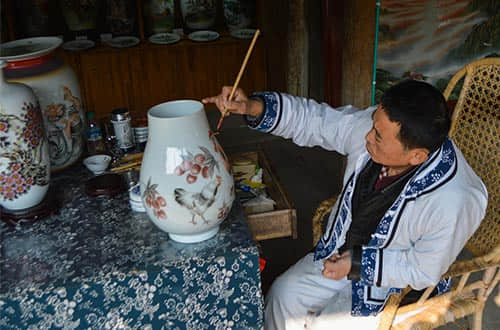 China Ceramics and Porcelain Tour
China Ceramics and Porcelain Tour